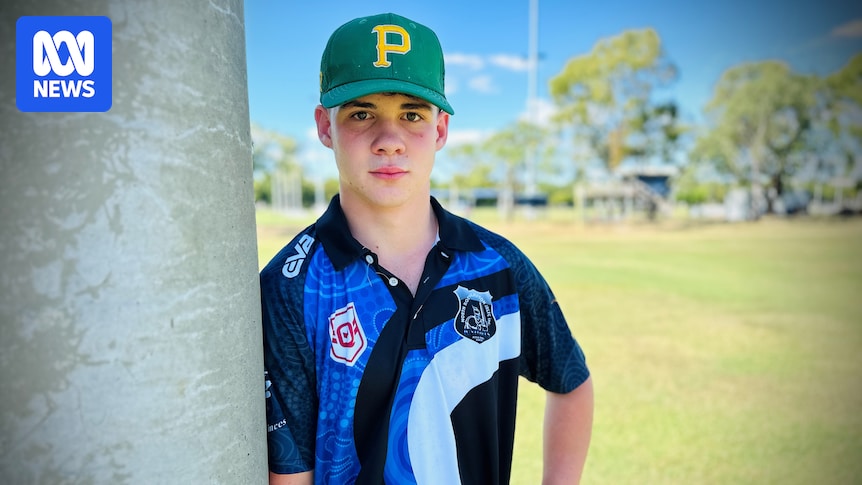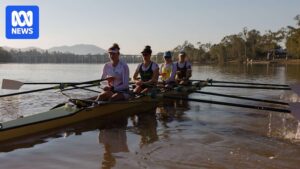
Riley Mansfield, a promising teenage rugby player from Queensland, has been forced to retire at the age of 15 due to repeated concussions. Mansfield, who aspired to play for the North Queensland Cowboys like his idol Johnathan Thurston, was on the right track, competing in the elite Dolphins Cup competition. However, the severity of his head injuries has led him to hang up his boots prematurely.
“I wish I could play every time I watch the footy on TV at home … I’m like, ‘God, I miss it,'” Riley expressed, reflecting on his passion for the sport. His mother, Kristy Mansfield, recounted the troubling symptoms her son endured, including weeks of vomiting and sensitivity to light and noise. “He was suffering significant kinds of symptoms, so very, very light sensitive, noise sensitive, severe headaches and he’s got a pretty strong pain threshold,” she said.
Debate Over Tackling Age in Youth Sports
The Mansfield family’s experience highlights a growing debate in the sports community about the appropriate age for children to begin tackling. Recent research suggests that tackling should be delayed until children are at least 12 years old to protect their developing brains. Experts argue that younger children are more vulnerable due to their larger head-to-body ratio and weaker neck muscles.
Joel Garrett, a lecturer in exercise science and physiology at Griffith University, emphasized the risks involved. “One of the big reasons is they have obviously a larger head and weaker neck muscles, which puts them at a little bit more risk of some of those rotational linear forces,” Garrett explained. He further noted that the developing brain might be at greater risk of long-term damage.
“Around the ages of eight to 12 is a sweet spot for children’s cognitive and motor development,” Dr Garrett said. “By the age of 12, they may have the ability to make those last-second changes if need be and execute a good tackle that’s both safe for them but also the person they’re tackling.”
Historical Parallels and Family Experiences
In a twist of fate, Riley’s father, Andrew Mansfield, also faced a career-ending injury at the same age and on the same field. Andrew suffered a broken neck during a game in Mackay, which ended his rugby aspirations. “That was my last game of footy,” he recalled. “I was the width of a piece of hair to not walking ever again.”
Following consultations with neurologists in Brisbane, Riley has been advised to avoid contact sports for five years. His mother, Kristy, hopes for a broader shift in attitudes towards concussion management across all sports. “Riley’s grown up with footy and it’s great to see that the sport is taking it seriously and ensuring that the players are taking the time out they need to be able to recover before they go back and play again,” she said.
New Beginnings in Softball
Despite the setback, Riley has redirected his athletic talents towards softball, where he has already achieved state and national team selection. Every weekend, he joins his parents on the softball diamonds, showcasing his skills in a new arena. “He’s got a massive future [in softball] and can whack a golf ball too … but still can’t out drive Dad yet,” Andrew proudly noted.
The Mansfield family’s journey underscores the importance of safety in youth sports and the need for ongoing education and awareness about concussion risks. As the debate over tackling age continues, their story serves as a poignant reminder of the delicate balance between pursuing athletic dreams and ensuring the well-being of young athletes.







